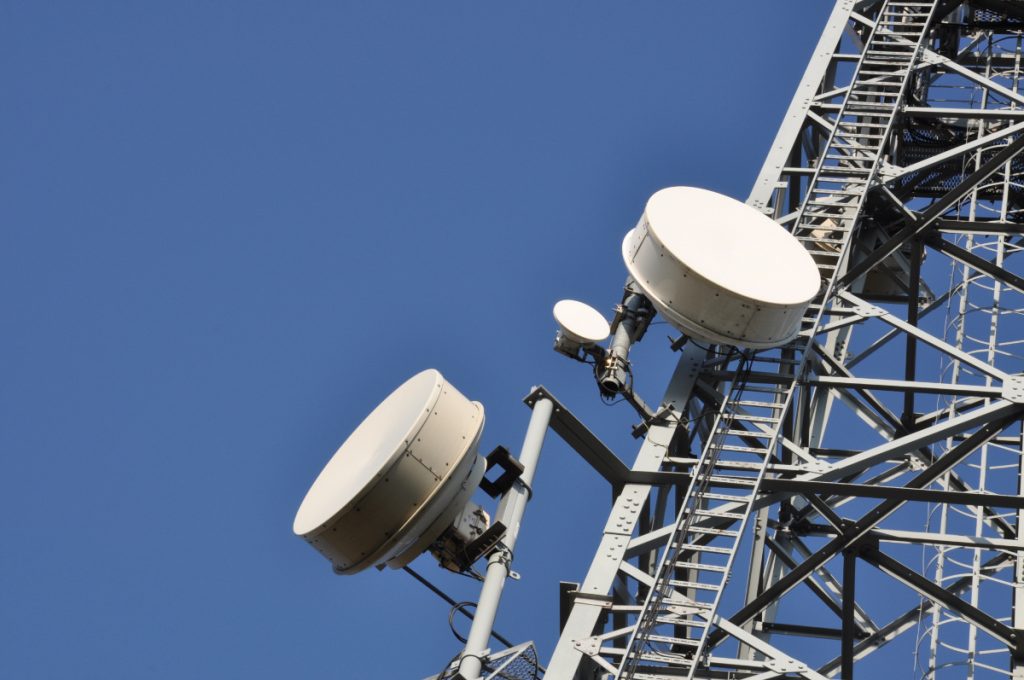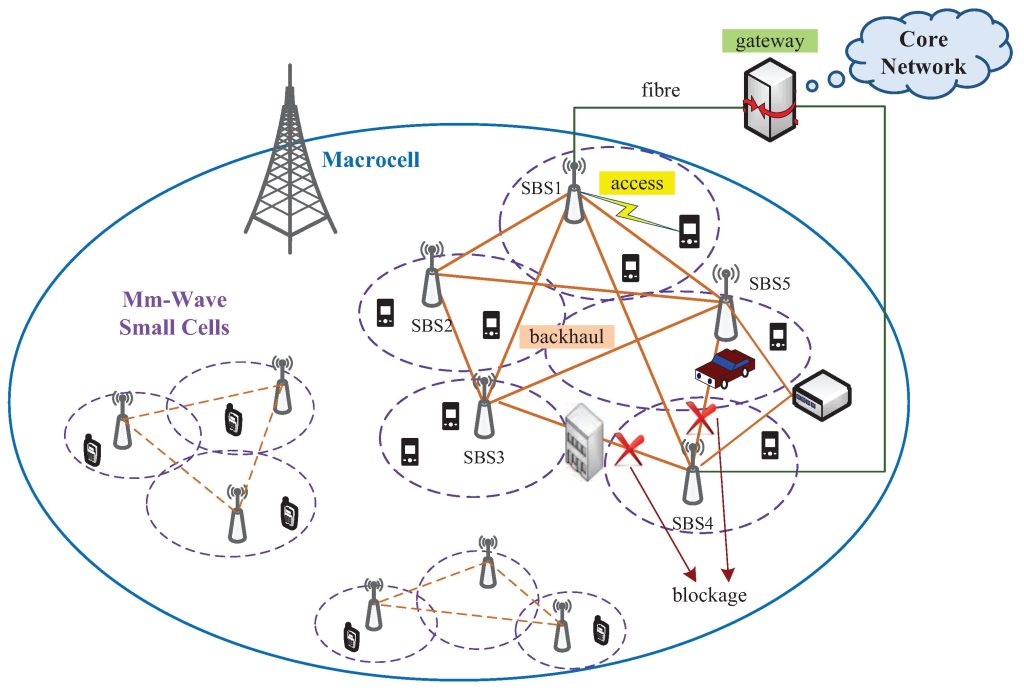Nowadays, everyone has at least one router in their house, which is not surprising as everyone is using the Internet to stay connected to friends and for remote work. In recent years wireless routers have become increasingly popular. So, if you wonder what is wireless backhaul, keep reading.
Most routers are wired, which can be annoying, having so many cables around your home. We will go over the definition and everything one needs to know about wireless backhaul and its uses. If you need your network to cover a large space, wireless backhaul may be more convenient than wired backhaul.

What Is Wireless Backhaul?
Backhaul is a technical synonym for the term backbone. A wireless backhaul means that the network is made of direct wireless connections between the nodes of the WiFI system. Wireless backhaul transports data between the Internet and the subnetworks using wireless communication systems.
Wireless Backhaul
The backhaul part of the network connects the edge subnetworks to the core network, also known as the backbone network. It is among the most important links in the network. It connects all of the edge applications and services to the core.
The usage of wireless communication devices for data transit between the Internet and network nodes is known as a wireless backhaul. It can assist a company or mobile network in doing away with physical cabling.
The backhaul segment of a hierarchical network connects the core network, or backbone network, and the subnets at the network’s border.
This is one of the most important links in the network because it connects all the edge systems and services to the core. Through this link, data distribution is guaranteed thanks to performance, uptime, and quality of service factors.
Wireless technology provides a versatile and flexible alternative to cable or leased lines for expanding any network’s capacity without recurring expenses.
A smartphone connecting to the Internet by obtaining data from a cell tower or another base station is an example of a wireless backhaul. The wireless backhaul is the link between both the smartphone and the cell tower.
Backhaul Overview
The links between the primary network and the auxiliary subnetworks are called backhaul in the telecommunications sector. An example of a backhaul is the connection between the main network of your cellular provider and the neighborhood tower close to your home.
Read more: What Is a Captive Portal?

Types of Wireless Backhaul
Depending on your budget and what you wish to get out of it, there is a shared WiFi backhaul and a dedicated WiFi backhaul.
Most mesh systems incorporate a shared WiFi backhaul, especially those with more affordable price tags. It is a safe assumption that if the mesh system you are looking at is only dual-band and only has a 2.4GHz band and a 5GHz band, there is a shared backhaul.
Mesh systems use the single 5GHz frequency with a common WiFi backhaul for both fronthaul, like phone-to-mesh node communication, and backhaul, such as data transfer between mesh nodes, the nodes communicate with each other.
Dedicated WiFi backhaul
Dedicated mesh networks with a dedicated backhaul are often found when you go up from the more affordable choices and the early-generation mesh systems.
These mesh networks have three or more bands, one of which is solely reserved for backhaul communication. The most typical setup consists of three bands: a 2.4 GHz band, a 5 GHz band for fronthaul use, and a 5 GHz band for backhaul use.
Uses of wireless backhaul
Since there are more uses and fewer restrictions for the technologies underlying it, wireless backhaul is becoming more prevalent than conventional cable networks. Wireless backhaul is a dependable method for connecting data centers to distant offices.
Security
Businesses can increase the security of their operations. For instance, surveillance networks aid in monitoring crime, but if the link drops, the system may miss a crucial moment. This connection is strengthened by wireless backhaul, which also offers last-mile aggregation. Direct connection to the Internet is possible because wireless networks can transmit hundreds of data streams and offer effective and unrestricted throughput for data, video, and voice.
5G
5G is the most current and expanding use of wireless backhaul. Mobile operators and their customers, as well as private enterprise 5G networks, have a lot of chances to increase and enhance connection thanks to 5G backhaul architecture, which is available in wired, fiber-optic, and wireless versions.
Advantages of Wireless Backhaul
Cost-effective
Setting up a wireless backhaul is much more cost-effective than setting up a wired backhaul. Wired backhaul will require more devices and not to mention the cables that are likely to get in the way.
These devices will cost a lot of money to purchase and set up around your house or company. However, with a wireless backhaul, there will not be a need for many devices and installation costs, so it is more affordable.
Portability
Wireless technology is excellent mainly due to its portability and the ease with which you can move them around. This means that wireless backhauls are incredibly easy to install and move around. You can pick up the device and move it whenever you need to move it from one place to another. With wireless backhaul, you will not have to worry about reinstallation or wiring.
Also read: What Is Aimesh?
Conclusion
In conclusion, hopefully, those wondering what is wireless backhaul now understand it. As you can see, a wireless backhaul is incredibly convenient and affordable. Best of all, you will not have to worry about annoying wires getting in the way.
You will not have to pay for many devices and a costly installation process. And if you need to move it around, you can pick it up and place it in any room you want. With all of this wireless technology, wired connections will likely become a thing of the past.